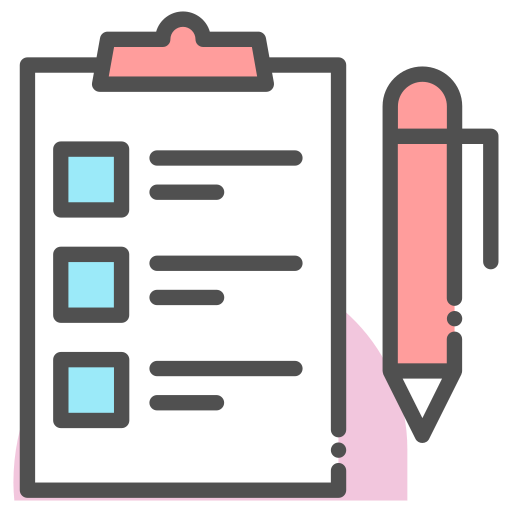How does Online Check-in work? Common mistakes and how to avoid them
Online check-in has become standard practice for most airlines, yet many travelers still don’t use it correctly or fully understand how it works. Designed to speed up airport procedures and reduce operating costs for airlines, online check-in allows passengers to obtain their boarding pass directly from their computer or smartphone, avoiding long lines at the airport. Despite its advantages, many passengers remain unprepared or make simple mistakes that can lead to unexpected extra fees or even denied boarding.
For instance, failing to check in on time can result in hefty penalties charged by low-cost airlines for issuing a boarding pass at the airport. Similarly, mistakes in personal data—such as a misspelled name—may require costly corrections. Understanding exactly how the process works, what each airline requires, and the most common pitfalls is key to traveling smoothly and stress-free.
This guide will walk you through how online check-in works, the most frequent issues passengers encounter, and practical tips to make the process easier.
What is Online Check-in and how does it work?
Online check-in is the early registration of passengers and their luggage before the flight. Once completed on the airline’s website or app, the passenger receives a digital boarding pass (PDF, QR code, or mobile wallet version).
The process generally includes:
-
Entering the booking reference and passenger details
-
Selecting a seat (free or paid, depending on the fare)
-
Adding extra services, such as checked baggage or priority boarding
-
Saving or printing the boarding pass
Timing rules
Each airline sets its own time window for check-in:
-
Low-cost carriers such as Ryanair or Wizz Air open it 48 hours before departure (unless you purchase a seat) and close it 2 hours prior.
-
Full-service airlines like ITA Airways or Lufthansa typically open it 24–48 hours before departure and allow it up until close to boarding time.
Missing these deadlines often means additional fees, sometimes higher than the ticket price itself.
Common mistakes to avoid
The most frequent errors include:
-
Misspelled names: even one wrong letter can require a paid correction.
-
Expired or invalid documents: without the correct ID, the boarding pass is useless.
-
No seat selection: airlines may separate travel companions if seats are assigned randomly.
-
Forgetting the boarding pass: passengers must have it ready in printed or digital form.
Online Check-in and baggage
Completing online check-in does not exempt passengers with checked baggage from going to the drop-off counter. Only those traveling with cabin baggage alone can proceed directly to security and boarding.
Passenger Rights and DelayFlight24
Even with online check-in completed, disruptions such as delays, cancellations, or denied boarding due to overbooking can occur. Under EU Regulation 261/2004, passengers may be entitled to financial compensation of up to €600, depending on the route.
With DelayFlight24, you can instantly check whether you are eligible for compensation and start the process with no upfront costs—ensuring peace of mind even in case of travel disruptions.
Conclusion: Stress-free Online Check-in
Online check-in is an invaluable tool for modern travelers: it saves time, avoids queues, and allows better control of extra services. To take full advantage, travelers must respect deadlines, enter correct details, and always keep the boarding pass accessible. By paying attention to these simple steps, you can avoid unnecessary costs and start your trip smoothly. And if disruptions occur, relying on services like DelayFlight24 guarantees that your rights are fully protected.








